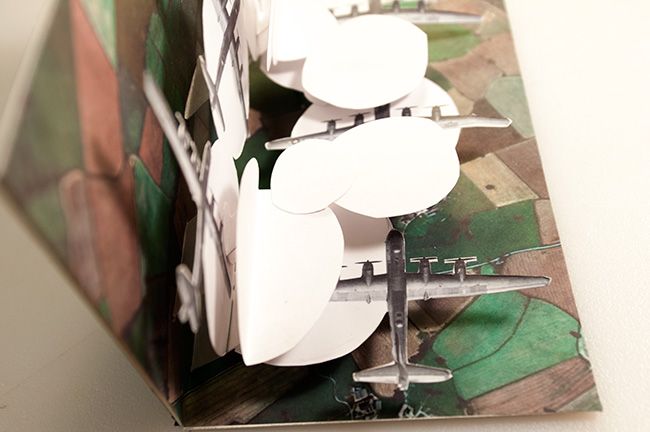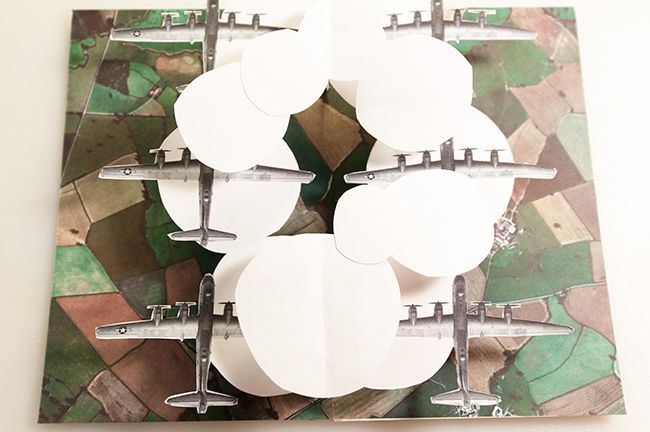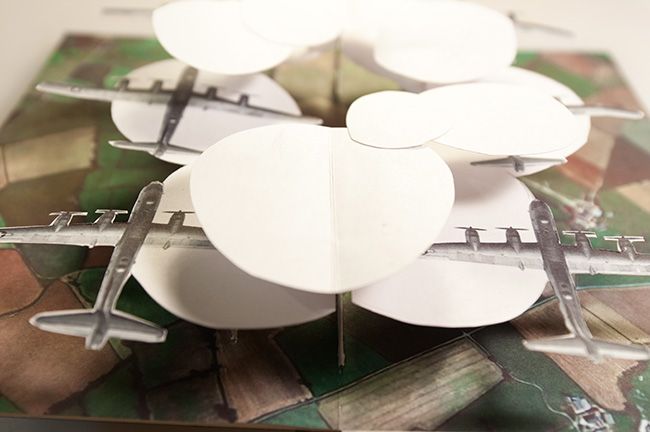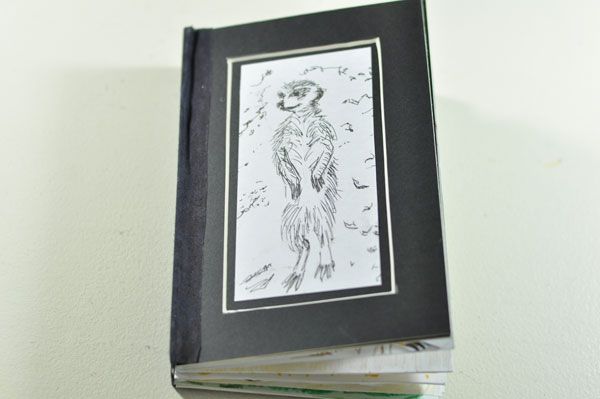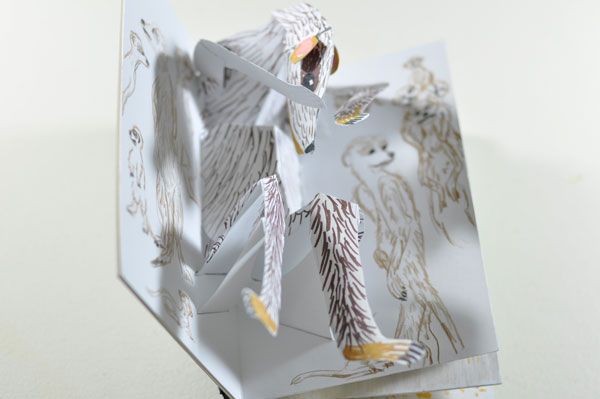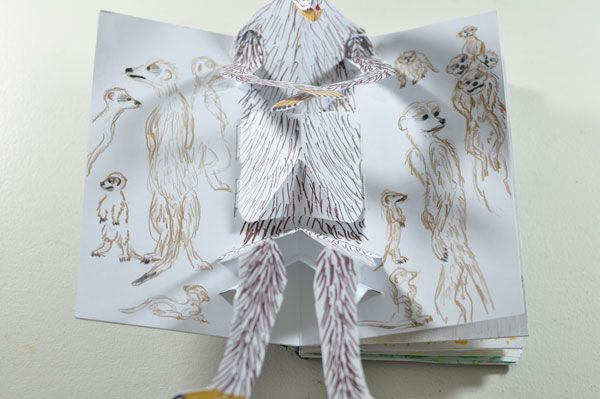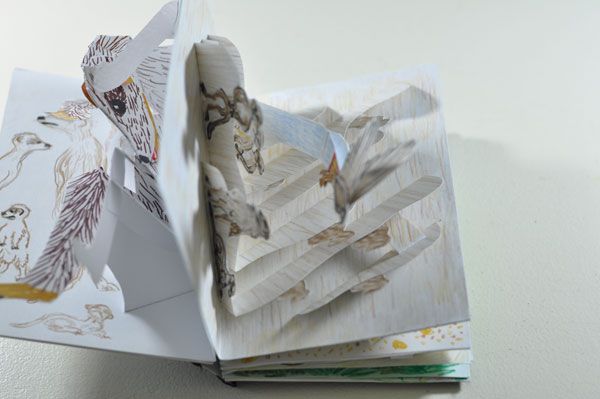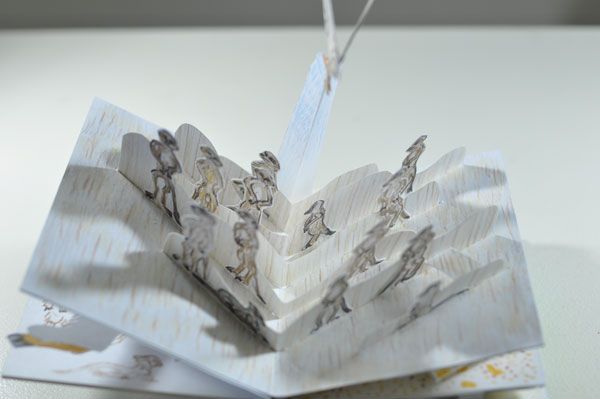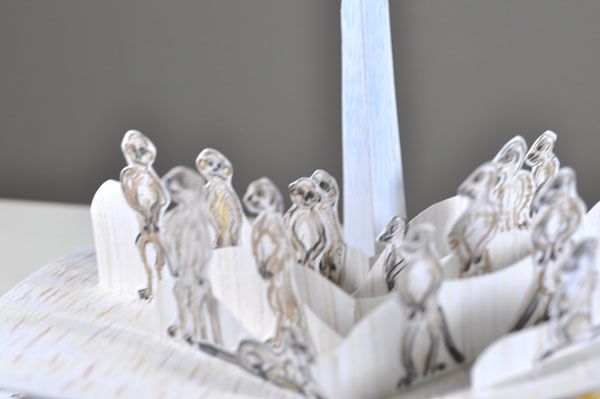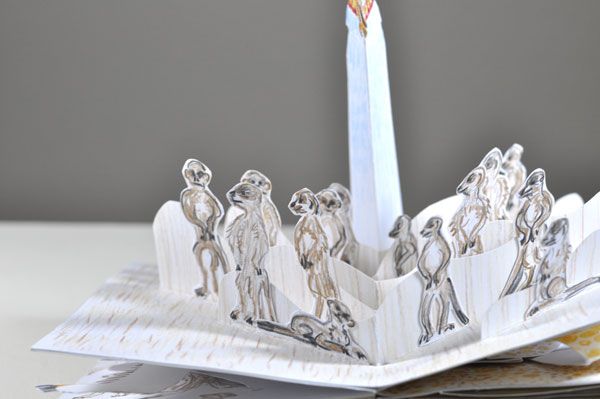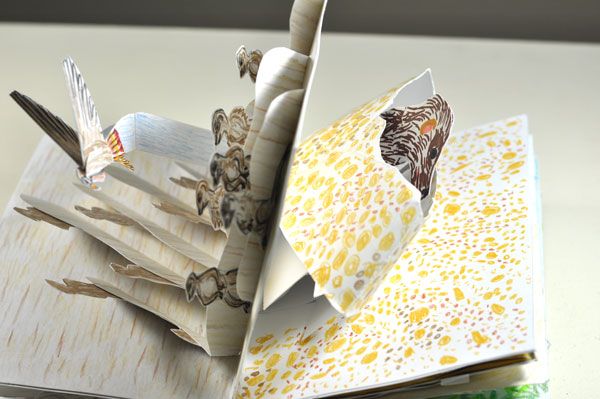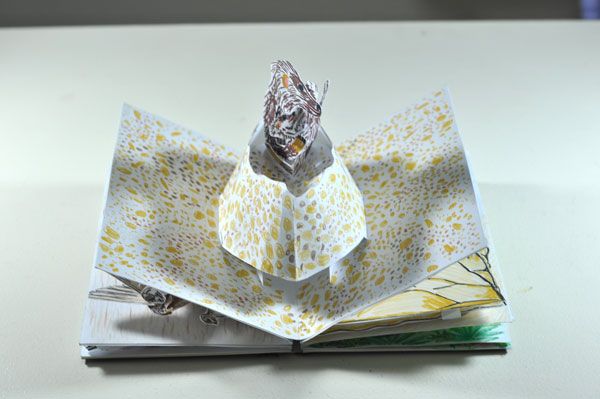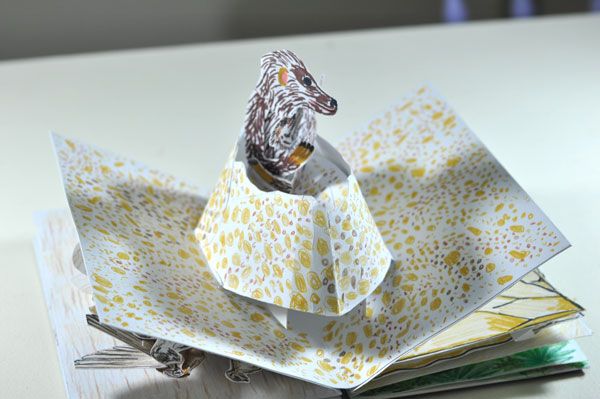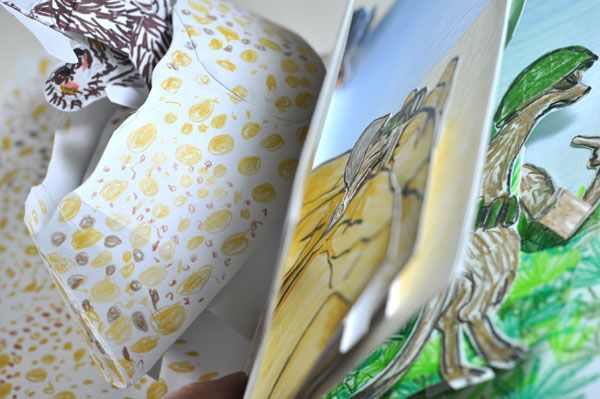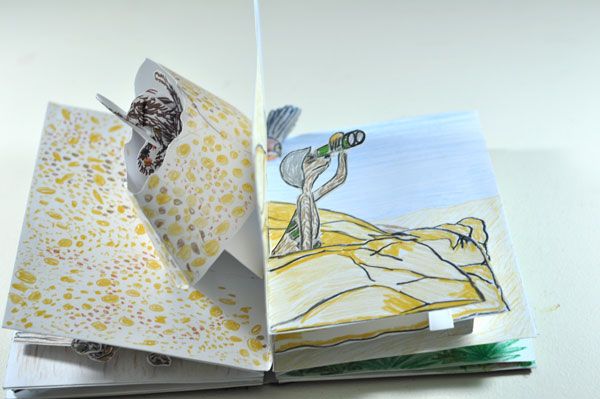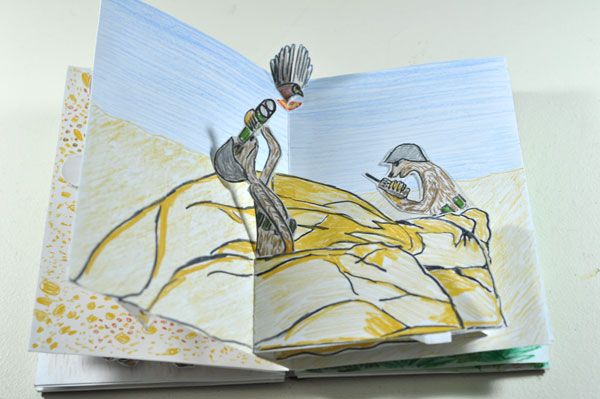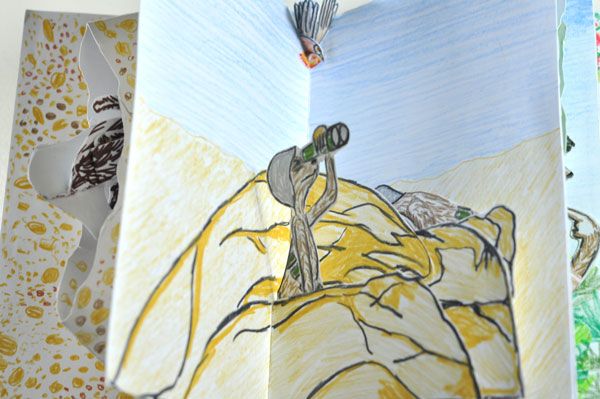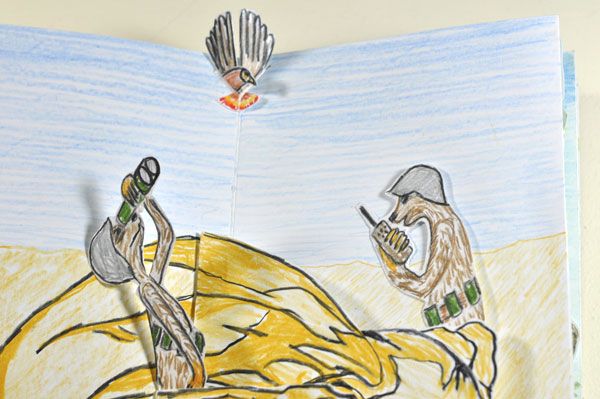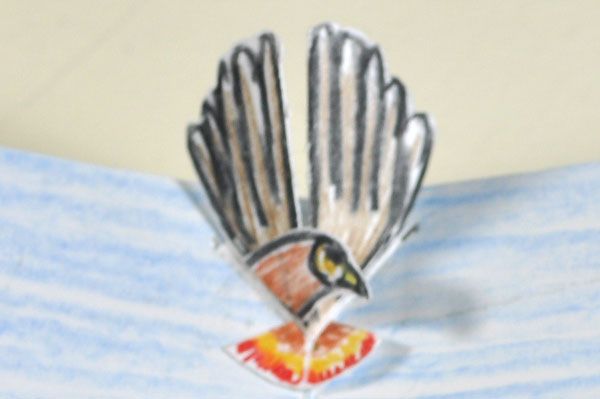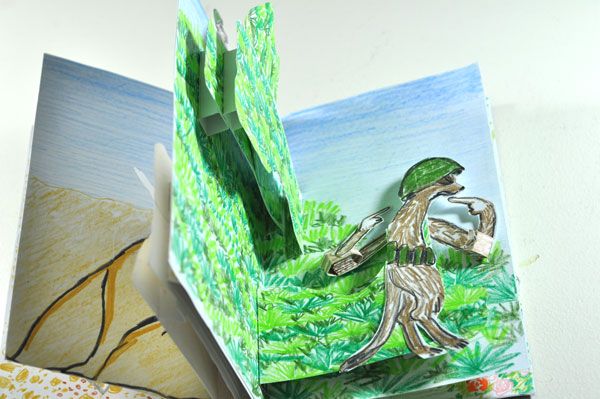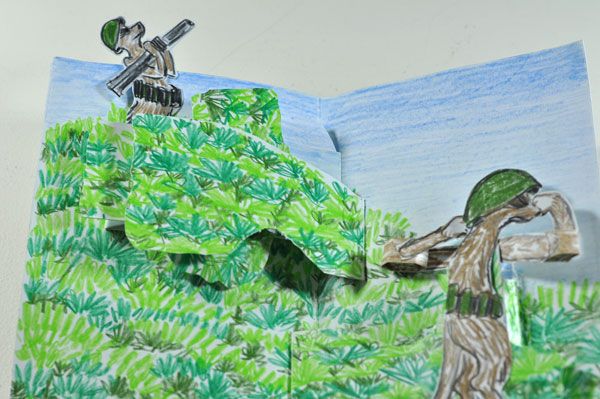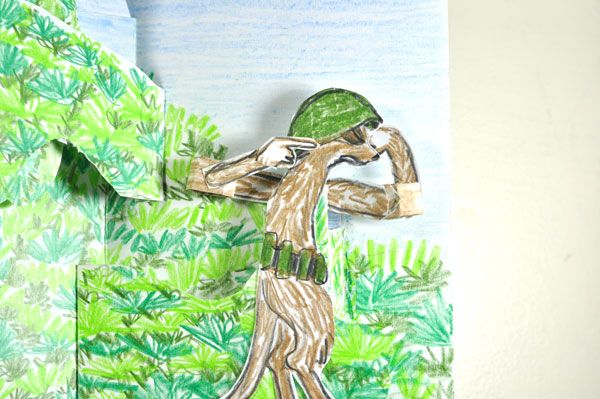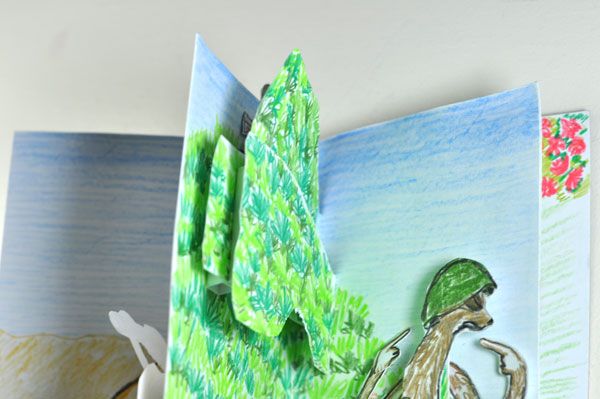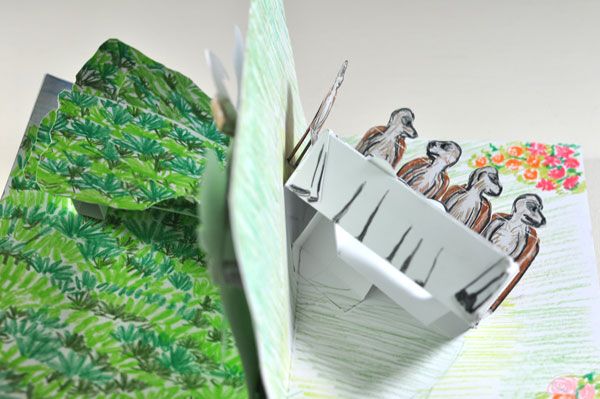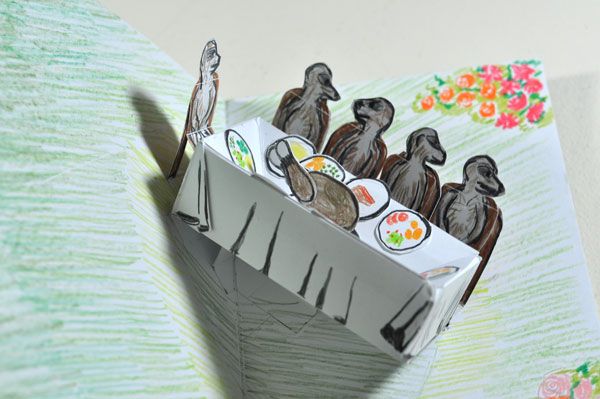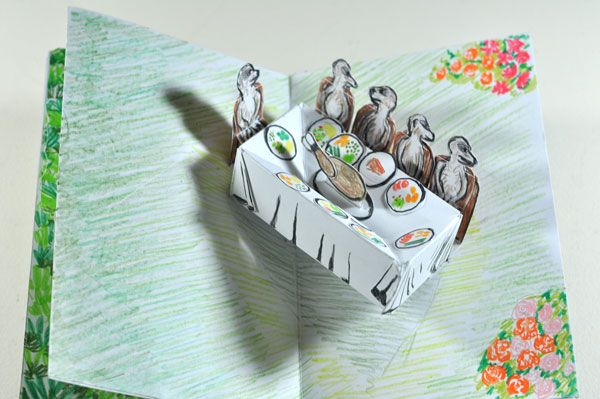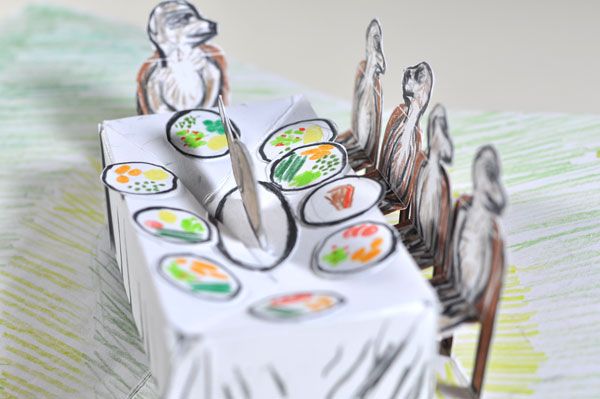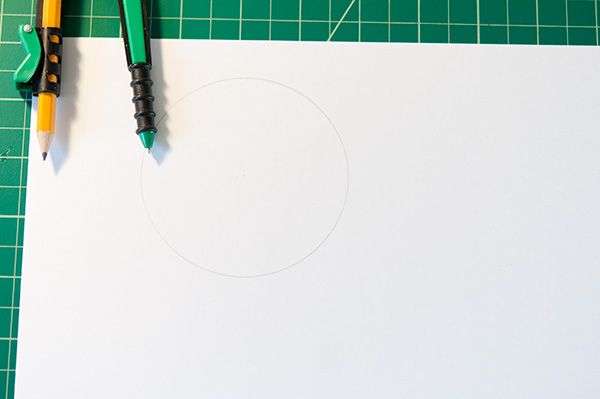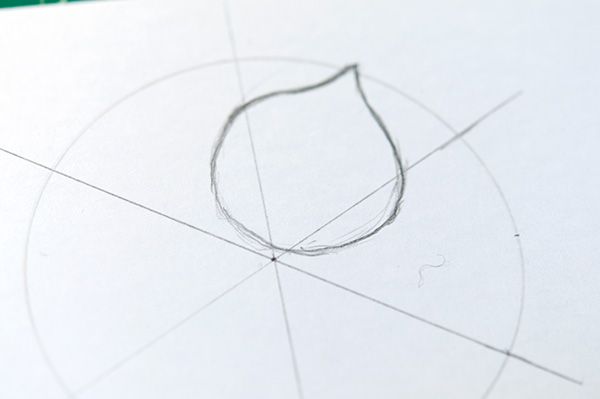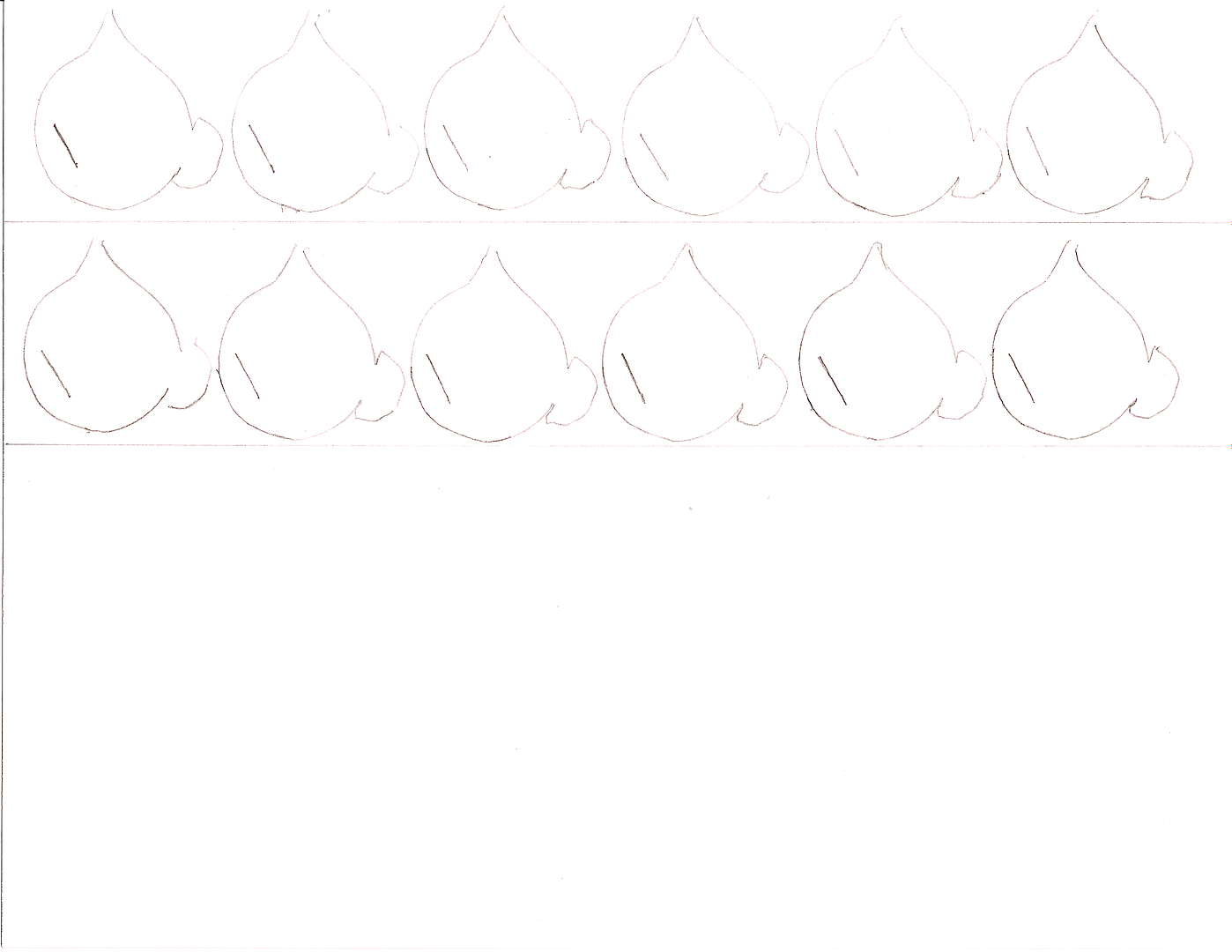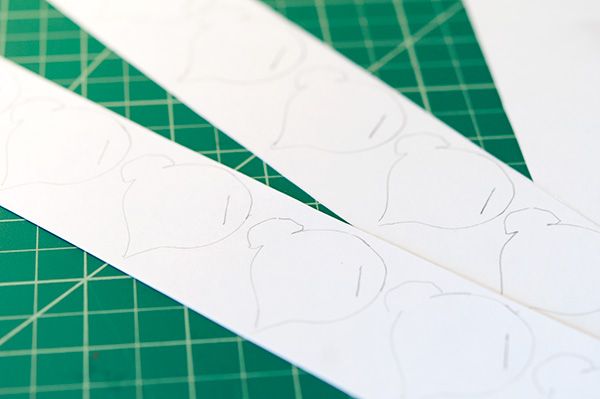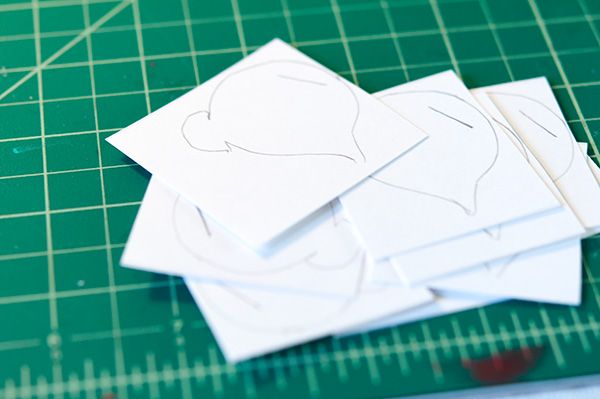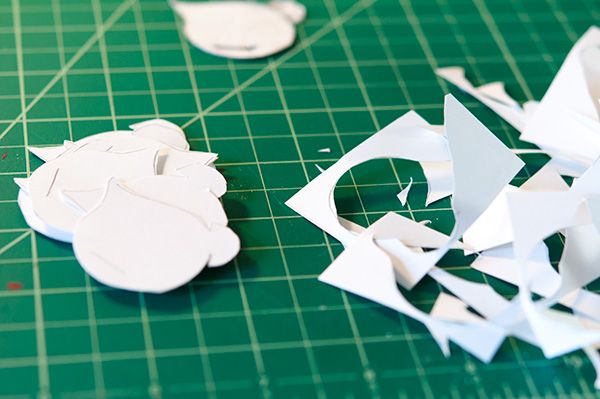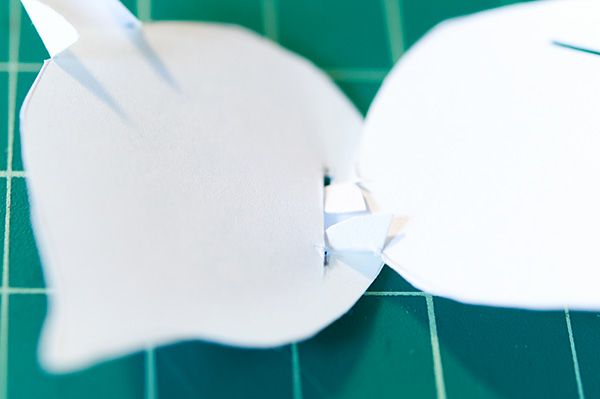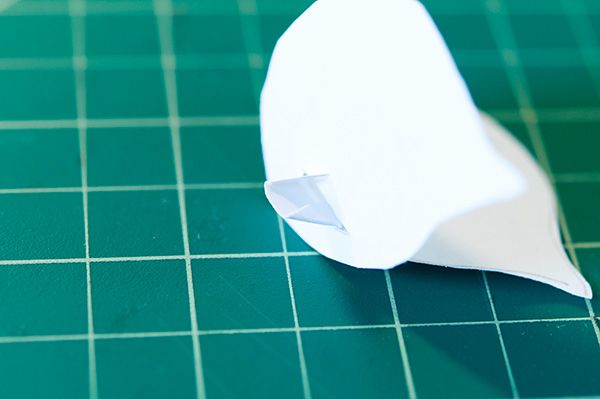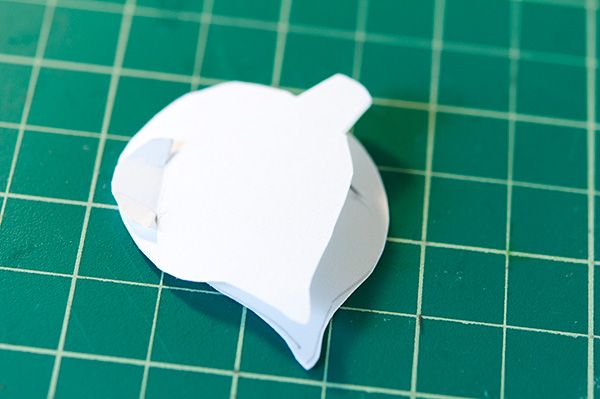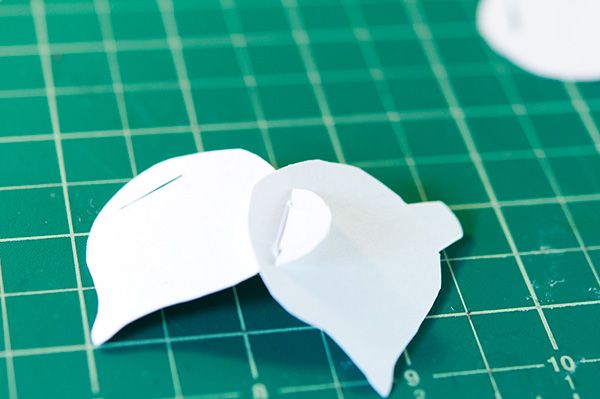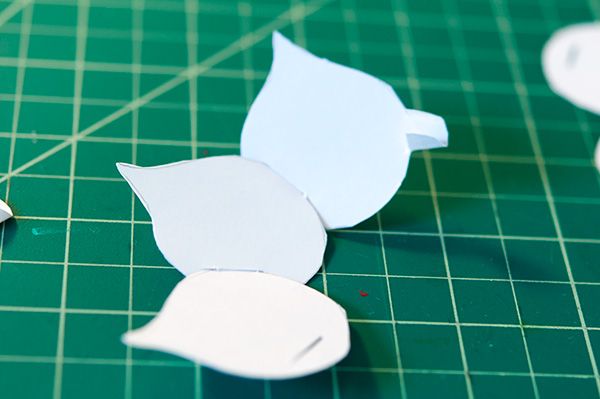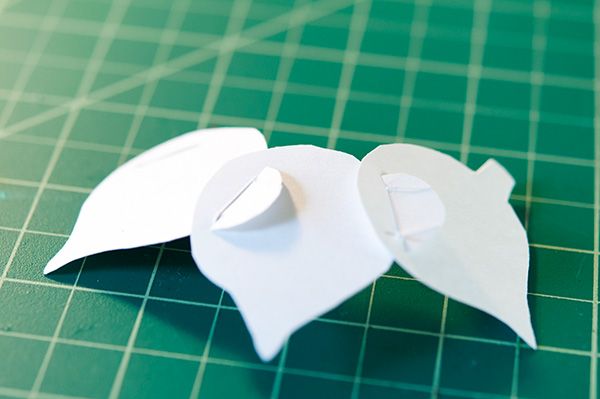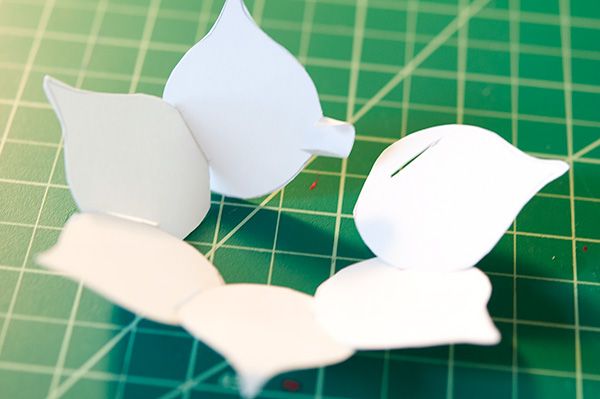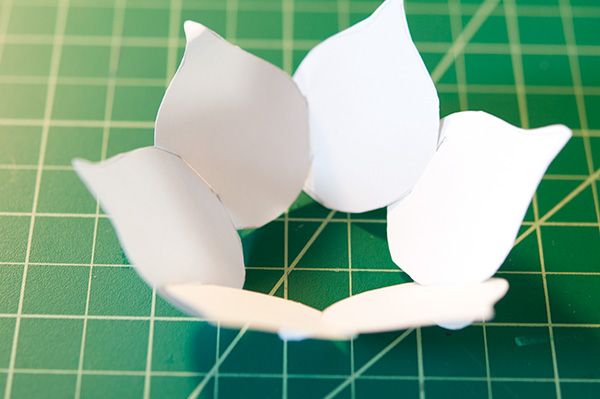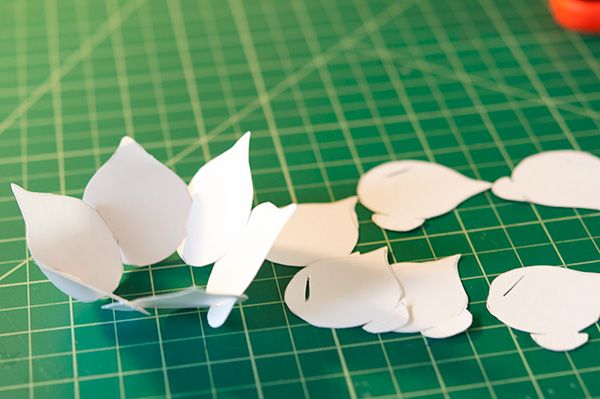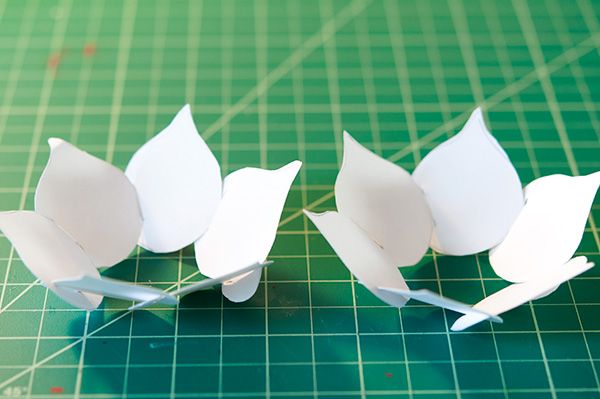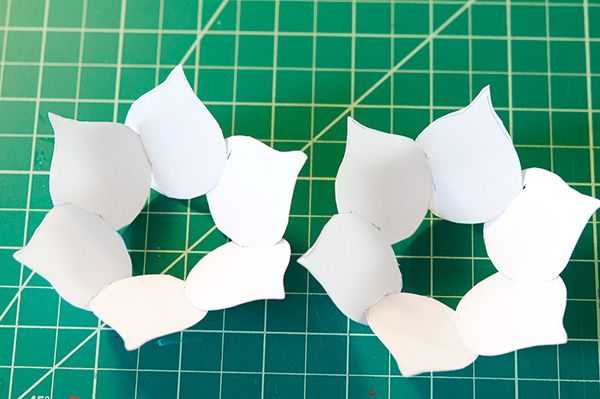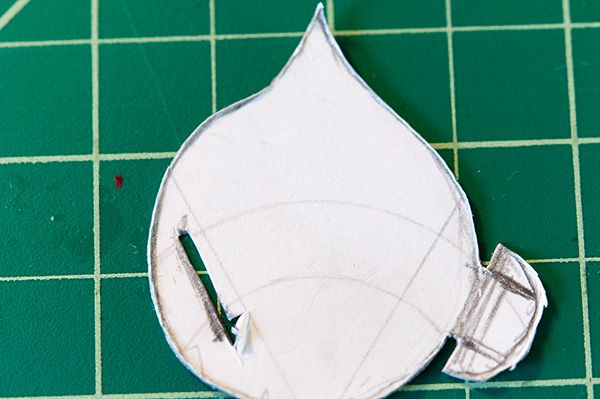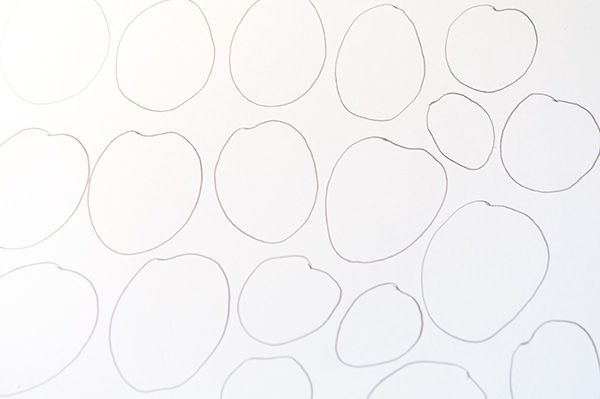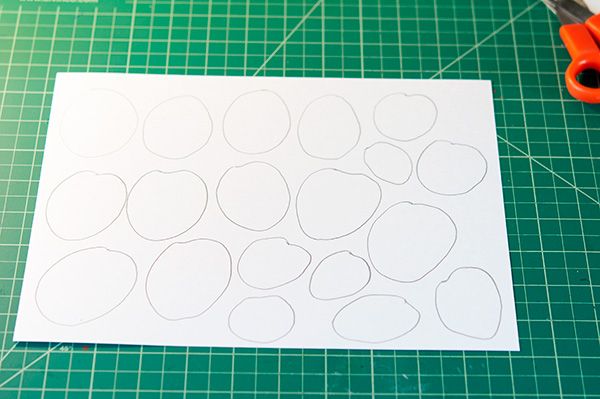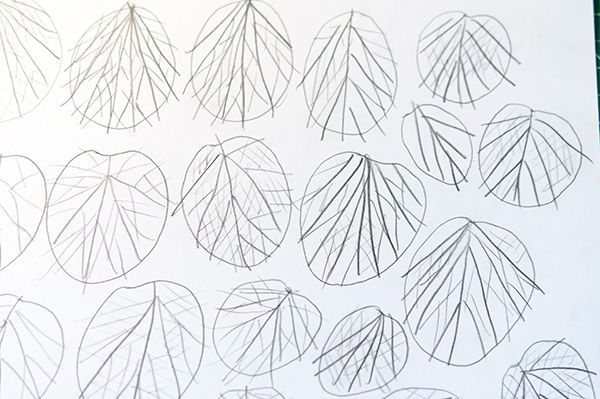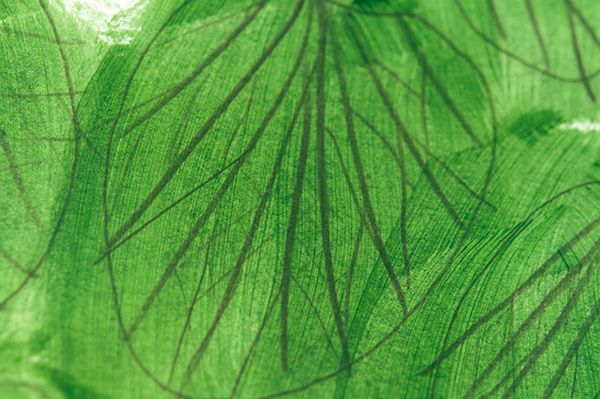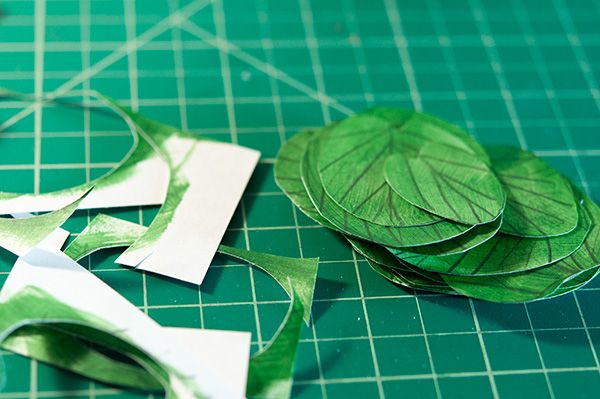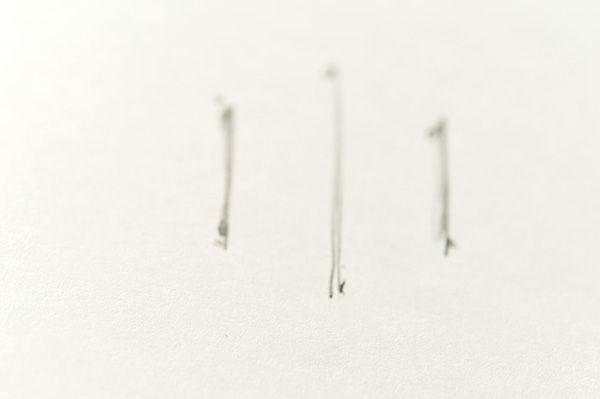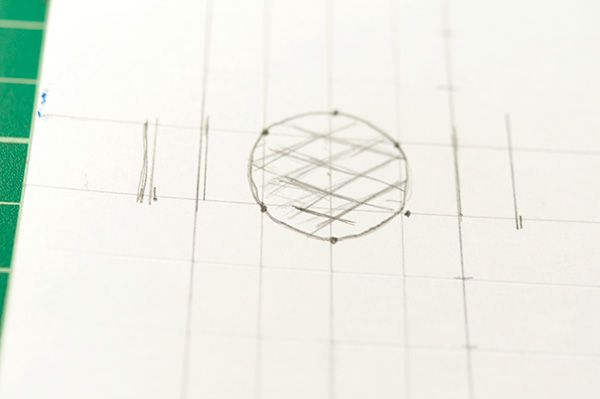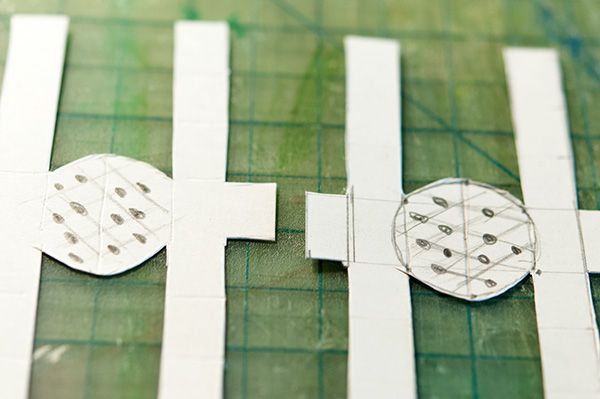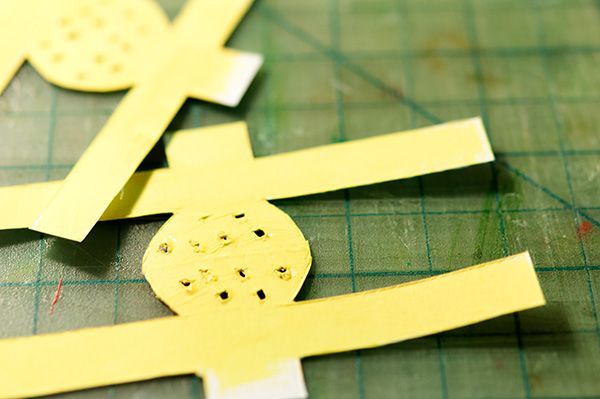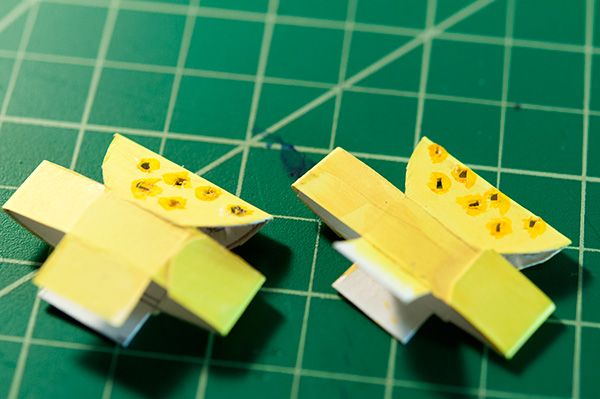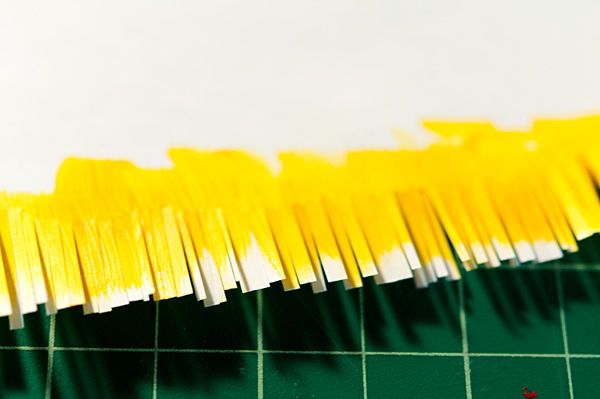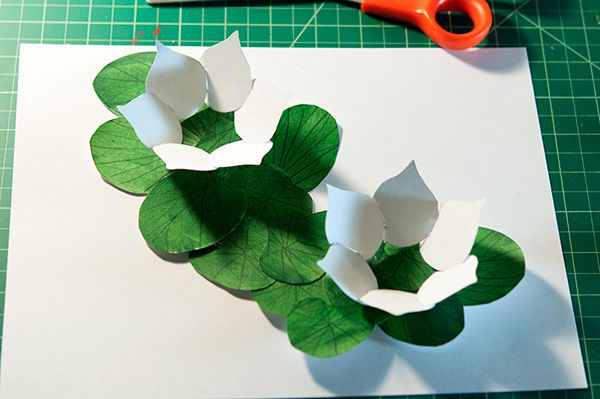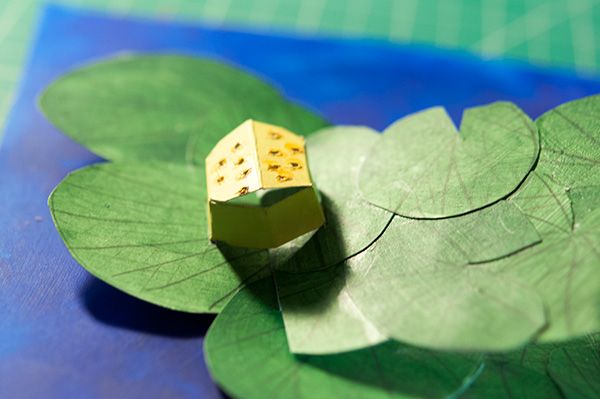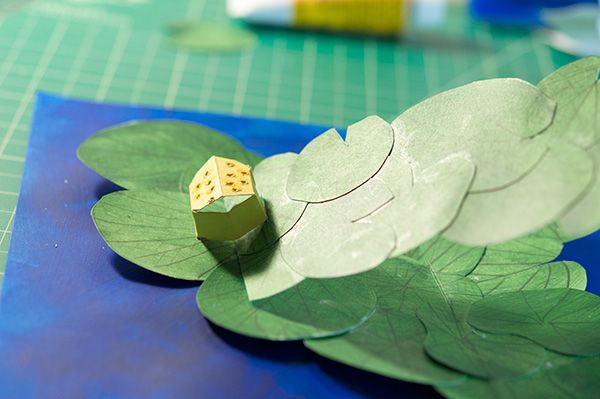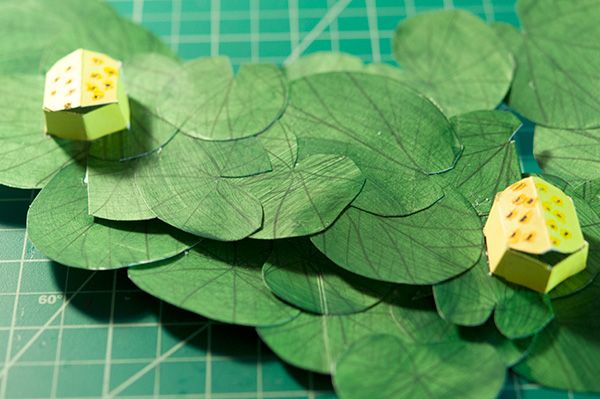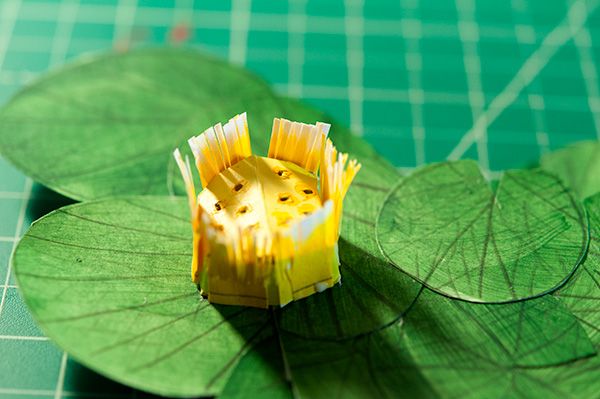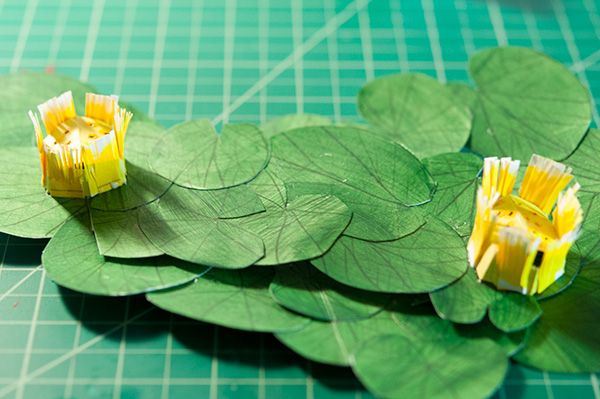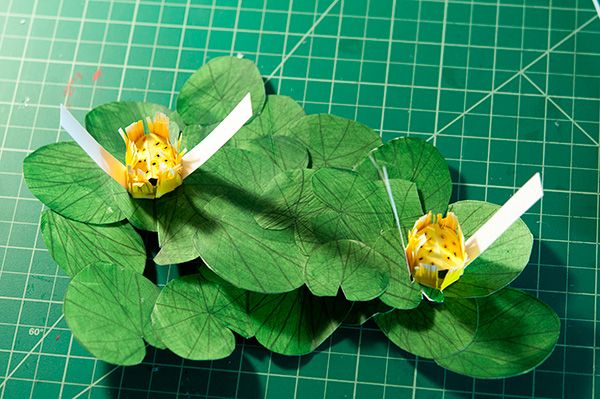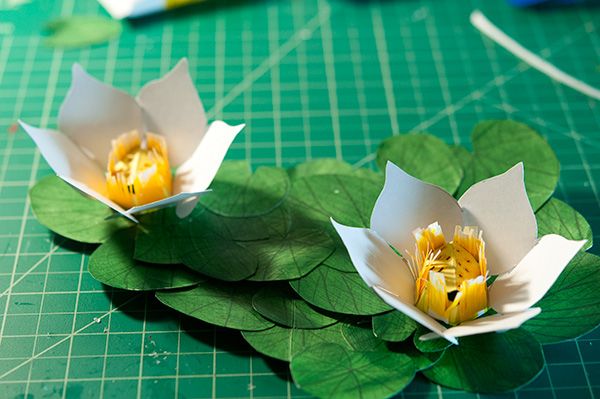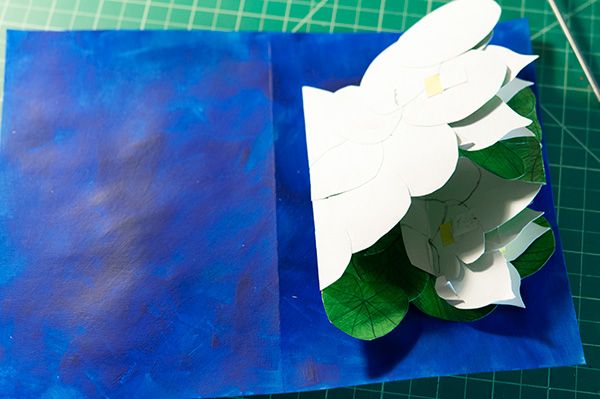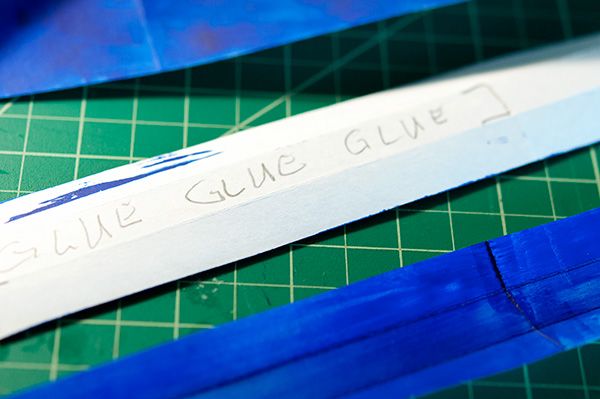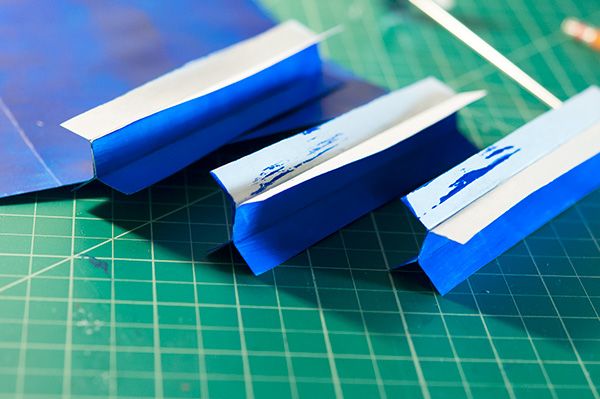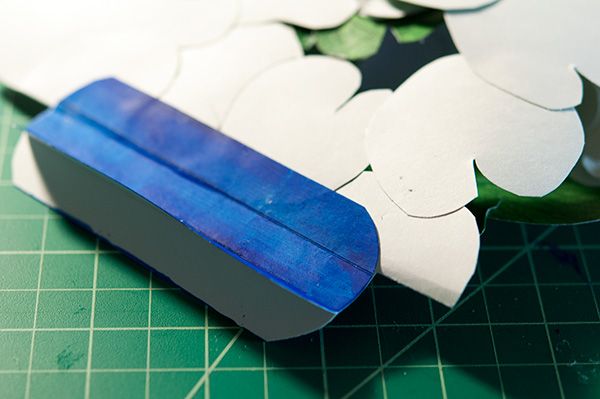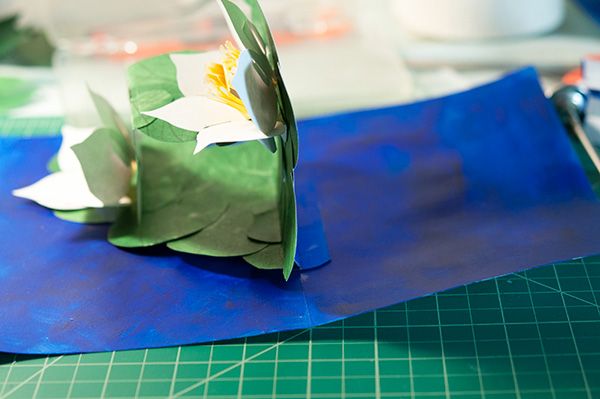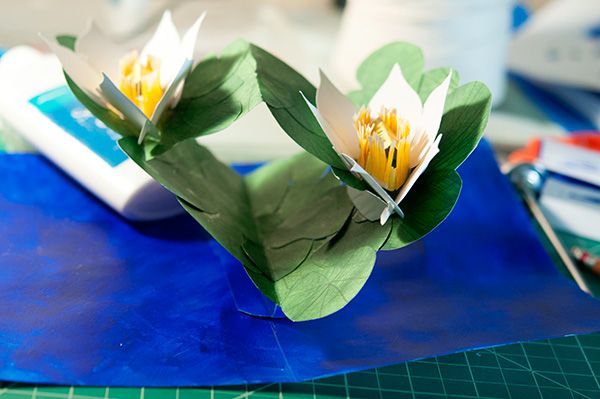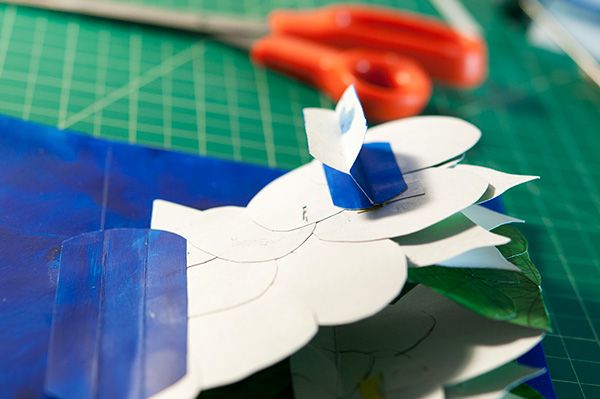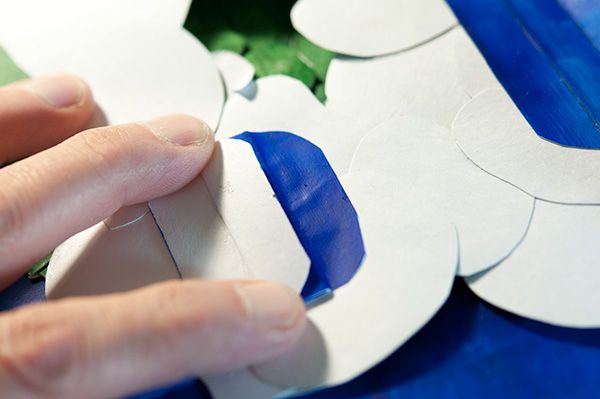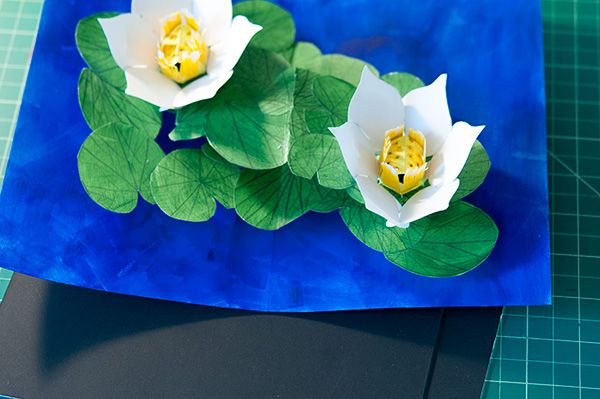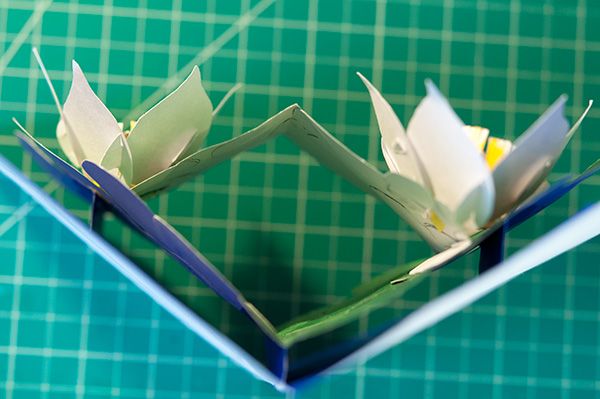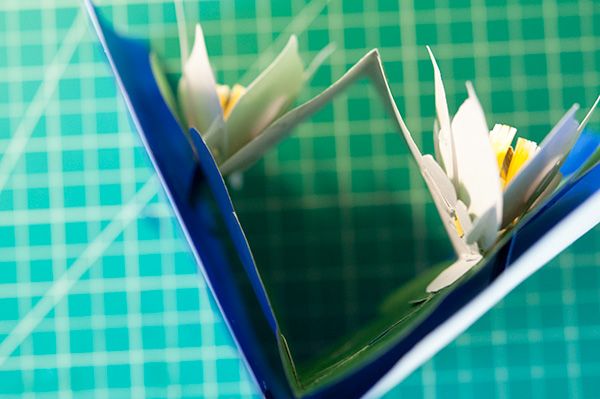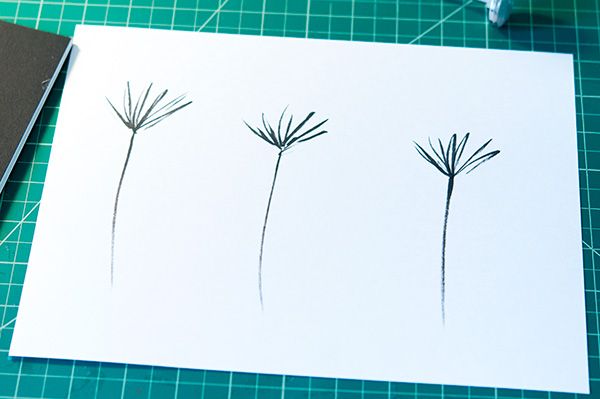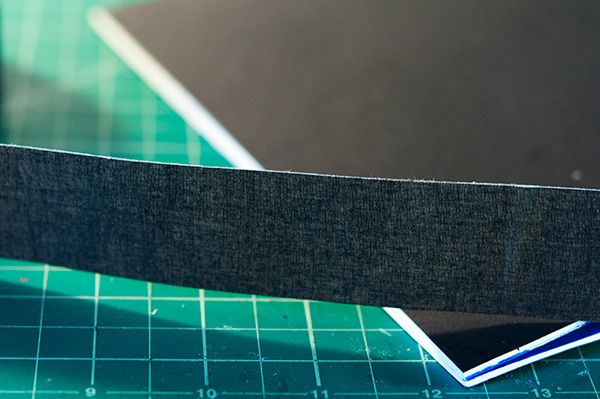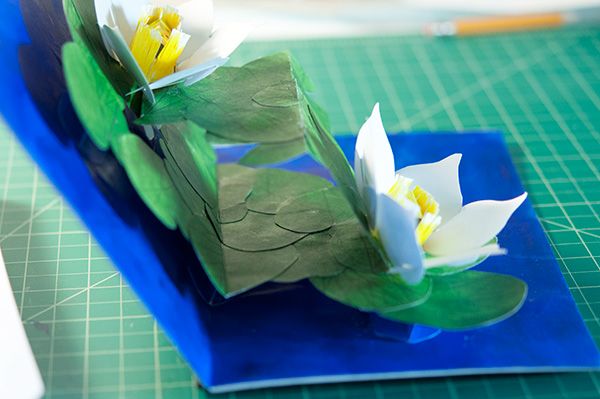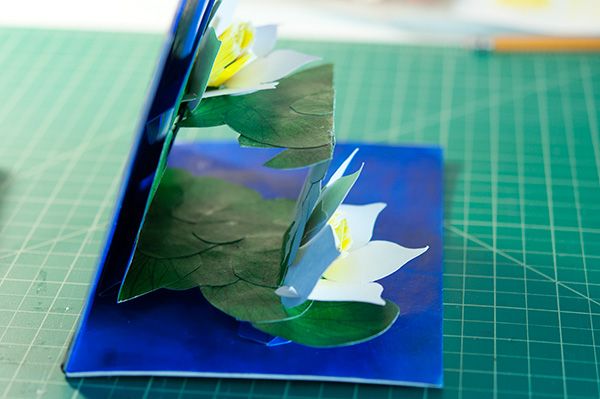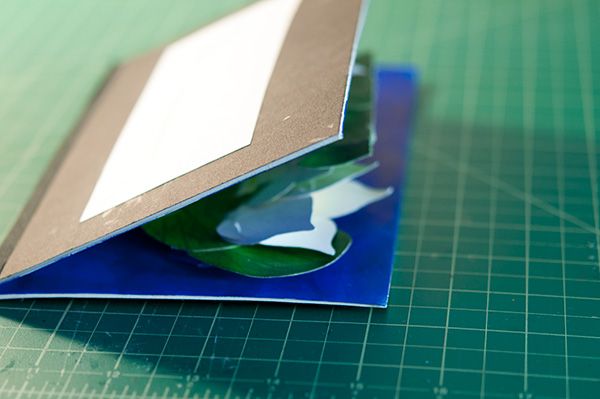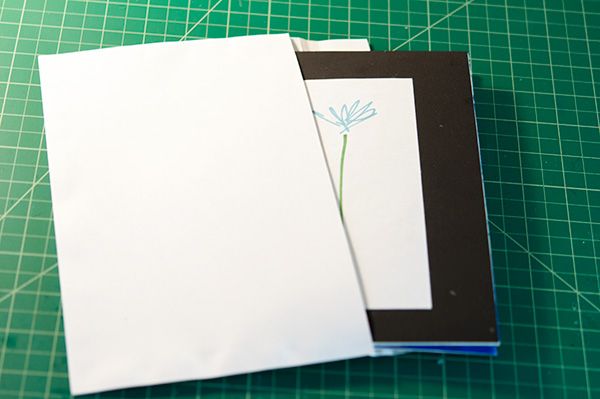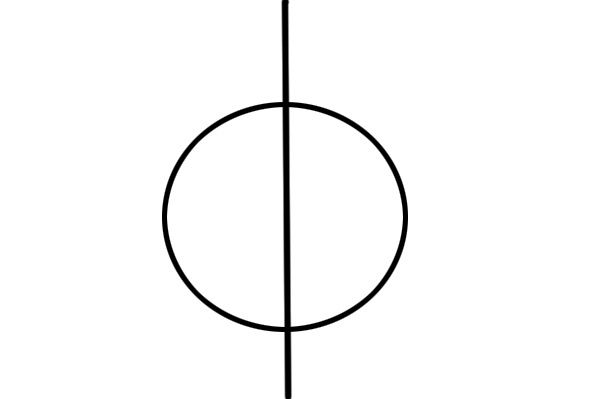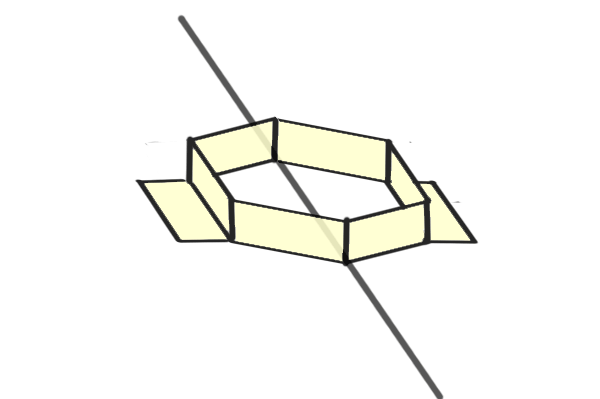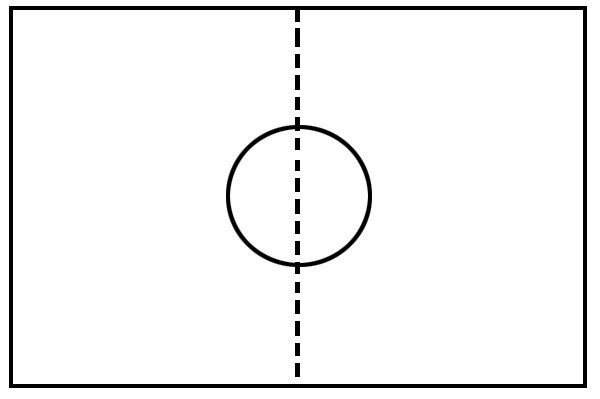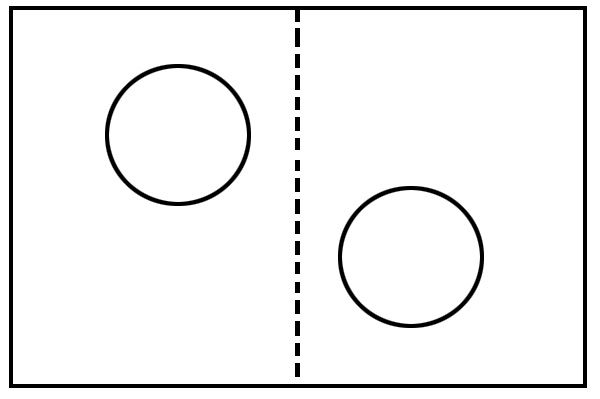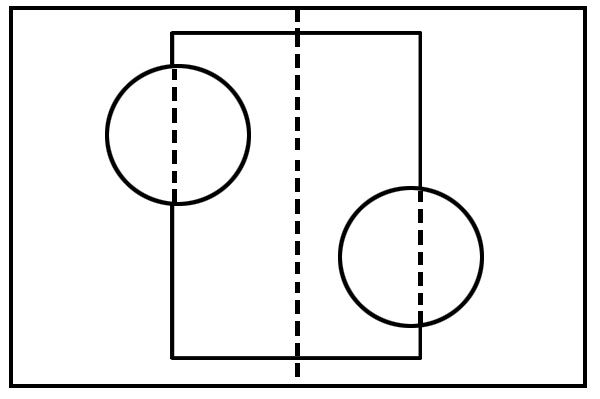meerkats pop-up card, six pages
This card is intended for my brother, his wife, and their brand new baby boy. This is their first child.
The card depicts meerkats in various aspects. It tells a brief story of conflict and triumph. There are six pop-up pages consisting of various numbers of pop-up mechanisms each.
First, credit where it is due.
Robert Sabuda and Matthew Reinhard, God & Heroes
Robert Sabuda's adaptation of Lewis Carroll's, Alice's Adventures in Wonderland
David A. Carters adaptation of Dr. Seuss's, Horton Hears a Who
David A Carter and James Diaz, The Elements of Pop-up
Animal Planet, Meerkat Manor
And not least of all, the product of my own sweet imagination, an early animated GIF listed on the left of the home page, titled transgenic meerkats.
The prototypes, method of construction, trials and errors, joys and sorrows, along with the early versions of these pages can are collected here.
double lotus pop-up card
Usually a mechanism with its content is placed along the central fold of the card to avail its workhorse abilities, the energy inherent in strain placed across recto and verso pages, energy harnessed by opening the card.
Circular content, a flower, is considered hexagonal instead and two of its sides fixed fast to both sides of the card, directly above the workhorse central fold, a tab on each side.
When the card is folded flat, the content inside folds flat too. The circle collapses, the hexagon collapses. like two V shapes facing each other, unattached to the card, they fold flat freely and so does everything attached to it. By folding flat they also stretch out in one dimension. This must be accounted for fitting content inside. Content is moved toward the center to compensate for the smashing that happens inside. A top view a card closing with an hexagonal arrangement smashed inside:
We're stuck placing content along the central fold.
To advance to something more complicated, to double the content, to move content off the center and off to the side and still harness the power of the central fold, it can be displaced with a paper band.
The central fold is moved to the side with the use of a paper band.
The new paper band that displaces the central fold can be considered a new smaller card inserted into the original, and working in opposition to the original.
The lines where the new card is attached become the new central fold(s). The area of central fold displaced to the side by the card doubles the powerhouse working area available for mechanisms and for content.
The new insert, the inverted card that produces new displaced central folds, for more interesting content, needn't be in the shape of a rectangle. It needn't be square. The only requirement is the new central folds are parallel with the original.
Subscribe to:
Posts (Atom)


